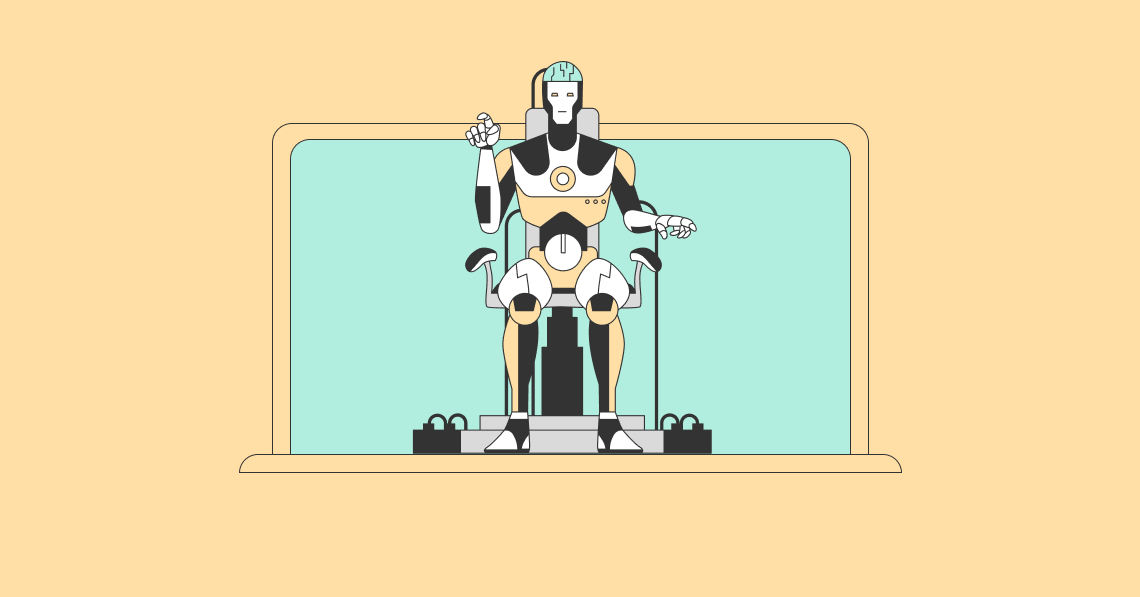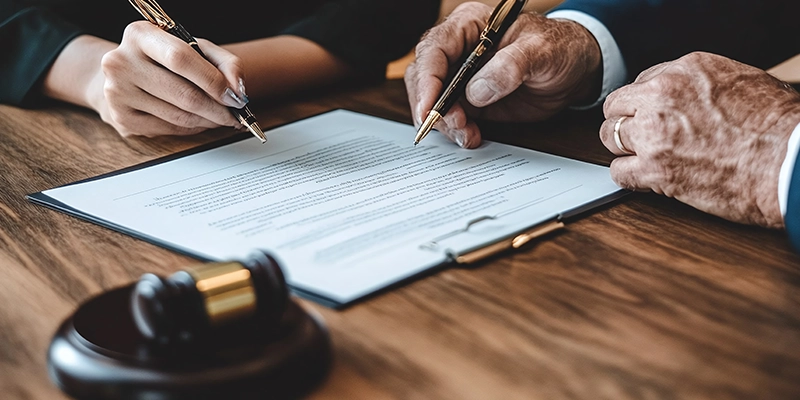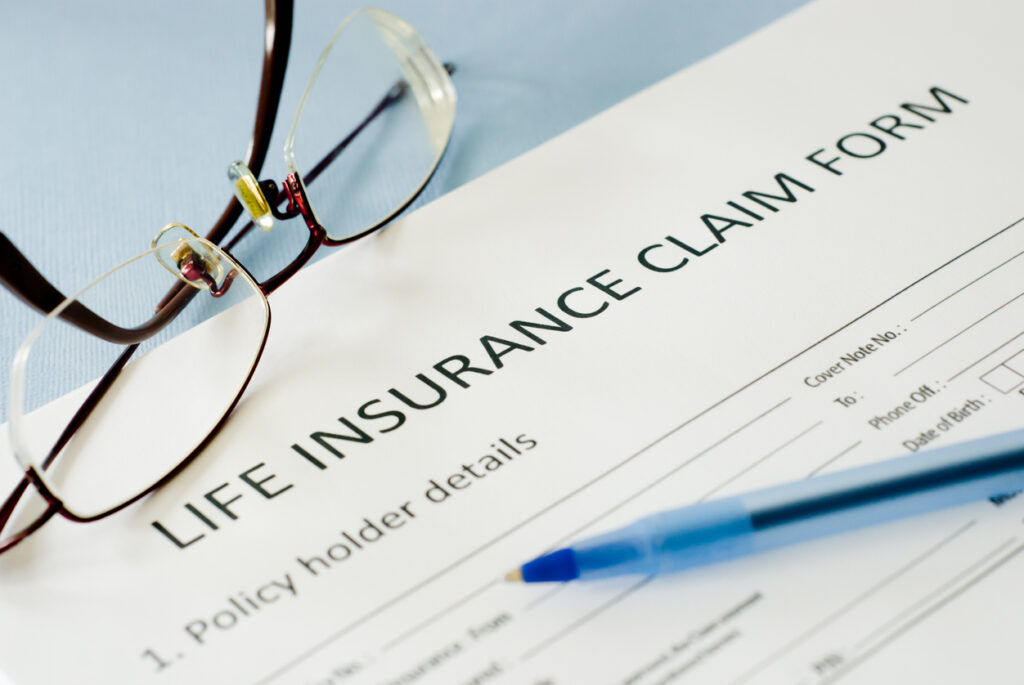Focused on filming a police vehicle, Vishal Singh was shocked to search up from his digital camera and come across himself “staring down the barrel” of a weapon.
“[I] was just type of taken aghast and I just requested, ‘Are you serious?’ ” Singh informed VOA.
The freelance journalist’s push badge was on screen but the police officer, carrying machines that fires less-deadly rounds these types of as beanbags or rubber bullets, was insistent, telling Singh he experienced to leave.
“Not even ‘get out of the way,’ just ‘you have to have to go residence,’ ” Singh explained.
The incident was one of a number of interactions in between police and media throughout June 24 protests in Los Angeles and other U.S. towns in reaction to the Supreme Court’s selection hanging down the Roe v. Wade ruling on abortion obtain.
At minimum eight journalists have been assaulted, detained or experienced tools broken covering the protests in Los Angeles that day, in accordance to the U.S. Press Liberty Tracker, a coalition of information sites and media rights teams that document violations versus media.
The incidents came regardless of California in 2021 passing SB-98 — a invoice designed to reduce law enforcement from obstructing journalists, including in blocked-off locations.
The Los Angeles Law enforcement Section did not answer to VOA’s e-mails requesting comment.
But town police Main Michel Moore explained to the Los Angeles Moments his department would examine the media grievances and acquire motion wherever important.
“If the officer is identified to have ignored the legislation, dismissed the coverage, then disciplinary action will abide by,” Moore mentioned.
Nonetheless, Tom Saggau, whose media communications business signifies the L.A. Law enforcement Protective League, advised VOA it can be tricky for police at protests to establish who is a journalist, and reported that officers at protests are significantly fulfilled with violence.
Media relations
Tensions in between media and Los Angeles law enforcement are not new.
In 2020 and 2021, the L.A. Push Club documented 40 incidents of apparent misconduct towards journalists, like assaults, injuries, tools damage or seizure, and arrests. At minimum 26 incidents concerned journalists of shade.
Circumstances typically concerned freelancers or journalists performing at much less set up or smaller media shops.
So, the Push Club, the Culture of Professional Journalists (SPJ) and other organizations lobbied for legal rights and protections to be enshrined in law.
When the SB-98 bill was debated, quite a few California law enforcement associations objected on the grounds of stability, the enhanced actual physical risk officers are working less than and considerations over provisions that let media to obtain restricted spots.
A single of those people to oppose the invoice is the California Law enforcement Chiefs Affiliation. Chris Catren, the affiliation president, instructed VOA by using e mail, “The new legislation has the possible to avoid safety industry experts from undertaking our career safely and securely to shield the community through probably harmful conditions.”
Catren stated the association experienced severe fears about the laws, which includes that “it makes it possible for unknown media to deliberately interfere with unexpected emergency personnel — police, fireplace and medics — all through major protests.”
Regardless of the objections, the legislation handed. A coalition of media teams and lawful industry experts then labored with law enforcement on how the legislation ought to be implemented.
But journalists say the incidents previous thirty day period recommend the law is not getting utilized appropriately.
“What we were being looking at on [that] evening from law enforcement was in opposition to what is the legislation on the publications,” stated Ashanti Blaize-Hopkins.
The Emmy-award successful journalist and president of the SPJ Bigger Los Angeles chapter took section in efforts to go the legislation and foster far better push-law enforcement relations.
Media obstructed
Singh and other journalists whom VOA interviewed stated police pushed or obstructed them, pointed less deadly weapons in their route and did not seem to know or be eager to acknowledge the media’s legal rights.
“I was filming officers pointing their considerably less lethal weapons at protesters at a extremely shut array and firing,” Singh reported. “An officer grabbed me [by] the shoulder and just threw me. I weigh like 90 lbs. … If it were not for protesters catching me, I would have fallen to the ground.”
At a further level, numerous journalists identified them selves detained in a kettle, a term for when a crowd is contained on a street by traces of police officers blocking exits.
When Singh and the other individuals requested police if an illegal assembly had been declared, and where by the dispersal route was, officers did not answer, he reported.
“The law enforcement were being getting very hyperaggressive,” mentioned Jake Environmentally friendly, an independent photojournalist who was covering the protest for agencies which include Sipa United states of america. “They were being breaking the line a number of situations in get to sort of get their jabs in.”
Eco-friendly suggests he usually maintains a distance of all around 10 feet (about 3 meters) from the law enforcement line when covering protests, but as he looked absent to frame a shot, he felt officers shove him.
Jonathan Peltz, a frequent contributor at the nonprofit information outlet Knock LA, said he experienced considerably less deadly weapons aimed at him as he gradually backed absent from police with his fingers elevated.
“I realize that they’re in a condition the place they’re hoping to control group movements, but in my intellect, if I’m flashing a move, I believe they must recognize that I am legally entitled to newsgathering,” Peltz reported.
The journalist is at this time suing the Los Angeles Police Section above a 2021 arrest for failure to disperse while covering a protest in excess of the dismantling of a homeless encampment. Peltz was one of about a dozen journalists detained on that occasion.
Police across the U.S. have formerly emphasized the difficulty of dealing with media at protests, saying it is tricky to verify credentials, and that sometimes journalists are caught in arrests when officers apparent an space or impose a curfew.
Saggau, whose organization represents the L.A. Police Protecting League, also acknowledged the trouble for officers in determining who is a journalist and who is “there to damage other individuals.”
“The officers’ disappointment isn’t for people that are lawfully, lawfully and peacefully doing exercises their To start with Amendment legal rights,” Saggau told VOA. “The disappointment is with individuals that choose advantage of each and every situation below the solar to target police officers.”
A different issue, in accordance to Adam Rose, chair of the push rights committee at the LA Push Club, is that existing teaching may perhaps not be enough.
“Over and around we’ve observed, within just the division, they have requested a lot more training for their officers, and they have been mandated to have far more training, regardless of whether it truly is [by] rulings or settlements,” Rose reported. “And inevitably, within just a couple of yrs, they slash that schooling.”
The Los Angeles police did not reply to VOA’s email messages requesting remark on instruction.
Irrespective of SB-98’s minimal impact, Kirstin McCudden, taking care of editor of U.S. Press Independence Tracker, believes the law was a significant phase.
“I think L.A. has completed a really critical and large occupation of stating, ‘Looking at what is actually occurring right here, how can we perform to accurate [it]?’” McCudden explained.
By enacting legislation, she stated, it is less difficult to evaluation incidents like the June protests and say, “Well, here is where by that new laws definitely secured journalists, and this is where we have places to nonetheless enhance.”
Blaize-Hopkins of the SPJ/LA mentioned it’s tough to explain to why the legislation has not yet improved interactions. The push unions program to fulfill with the LAPD in the coming weeks.
“If it’s an situation of training, if it’s an problem of making guaranteed that there’s wide expertise between the rank and file and also the officers that are on the ground, then our coalition is a lot more than satisfied to enable,” Blaize-Hopkins explained.




